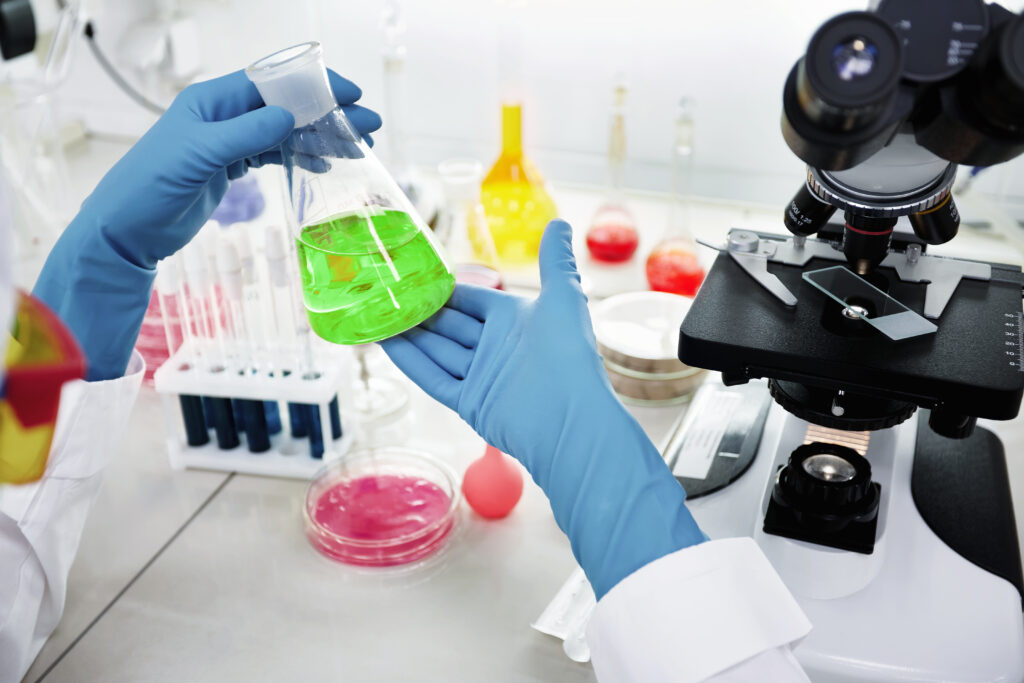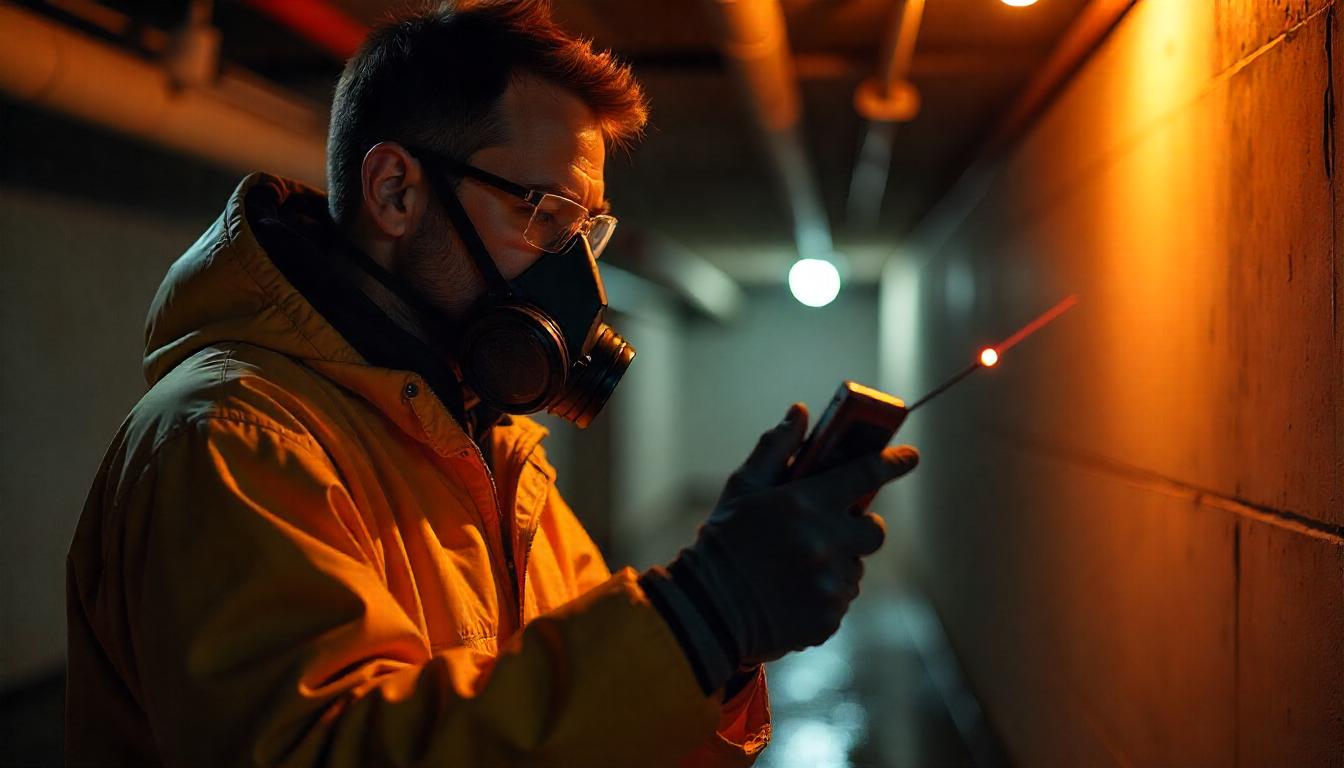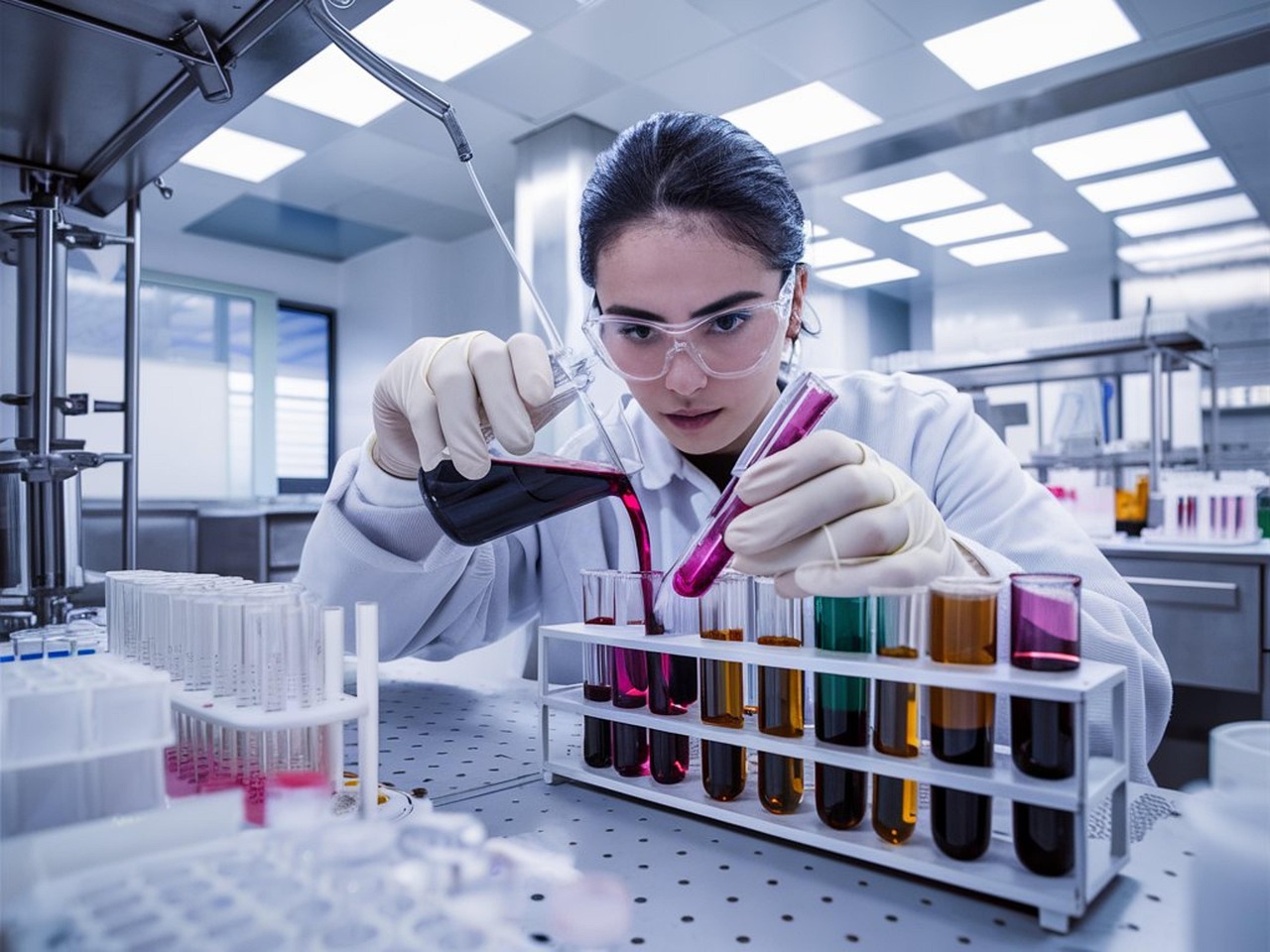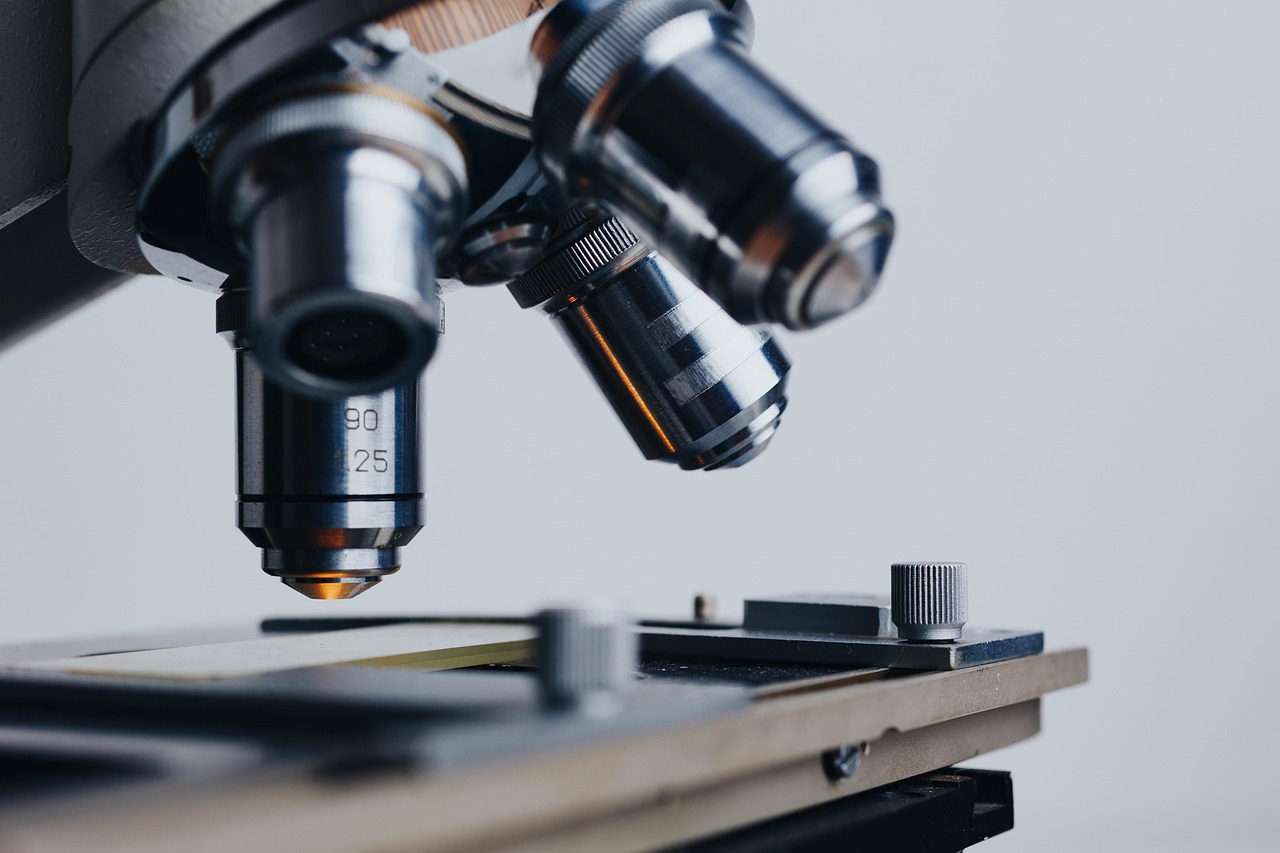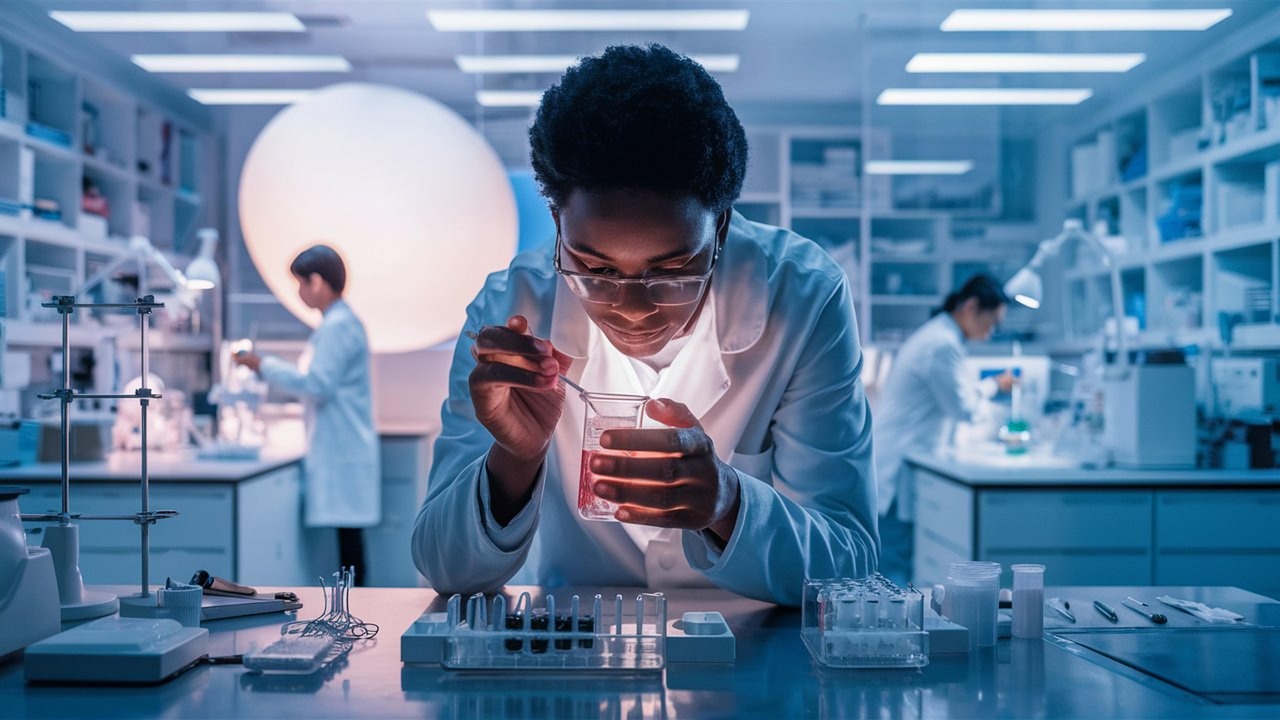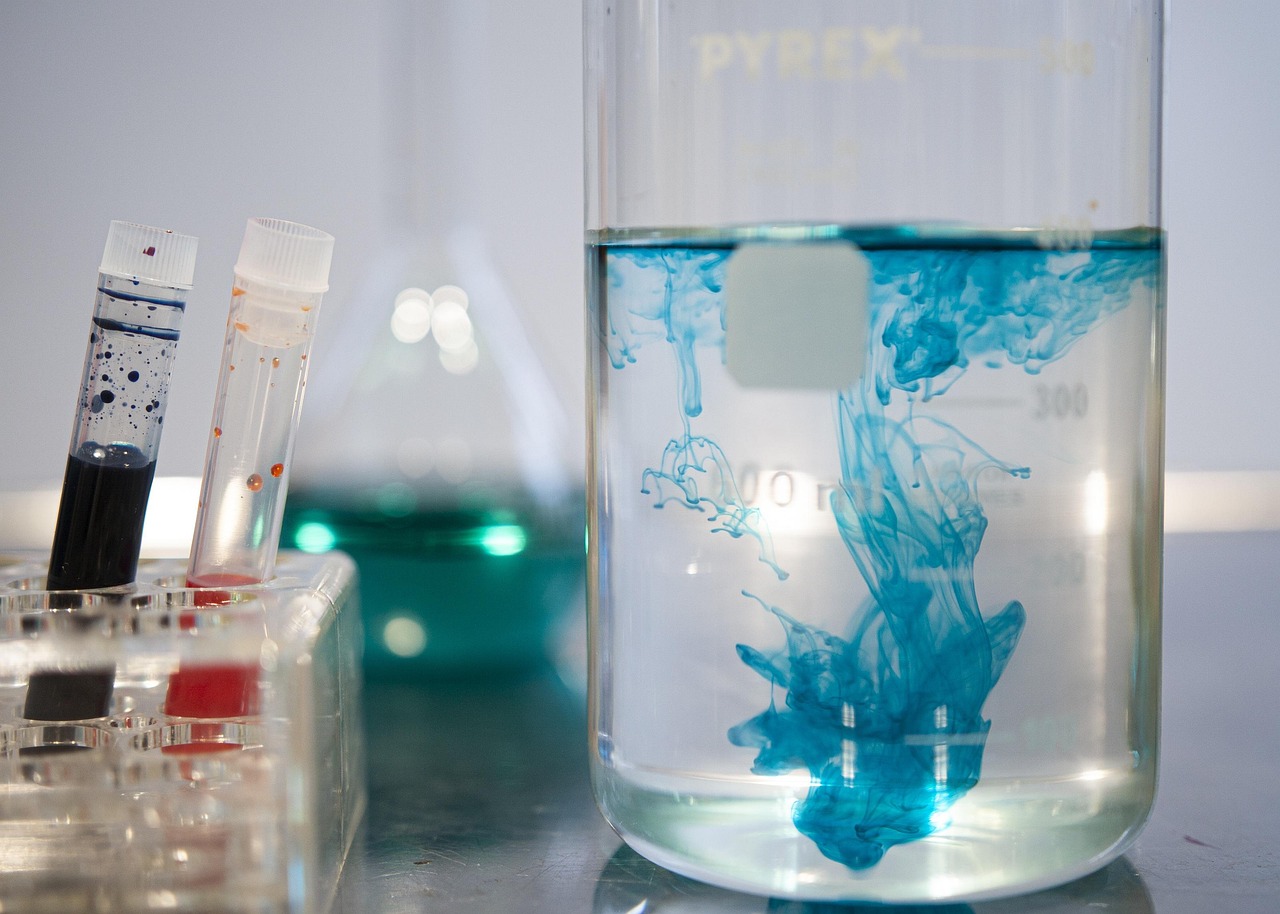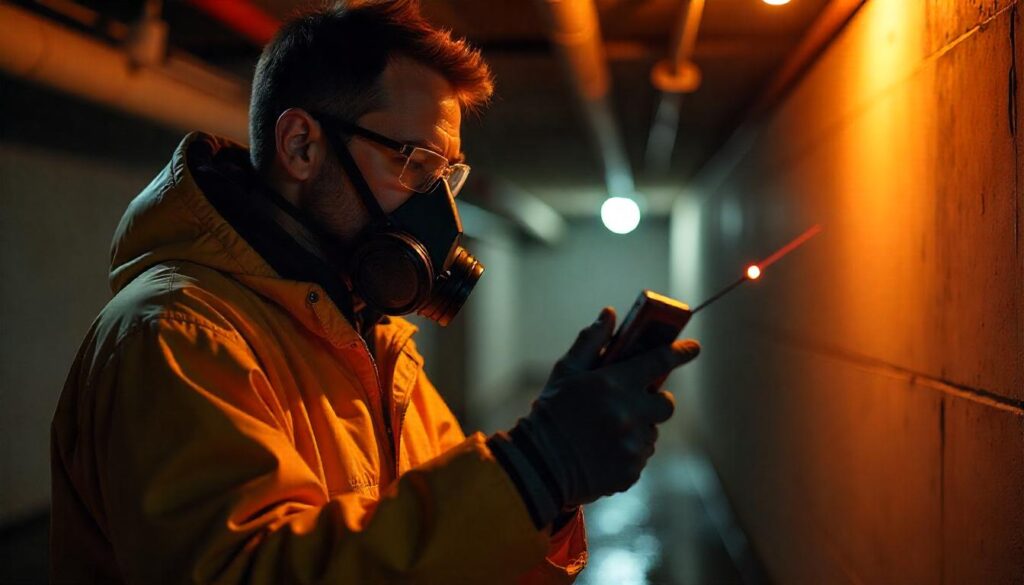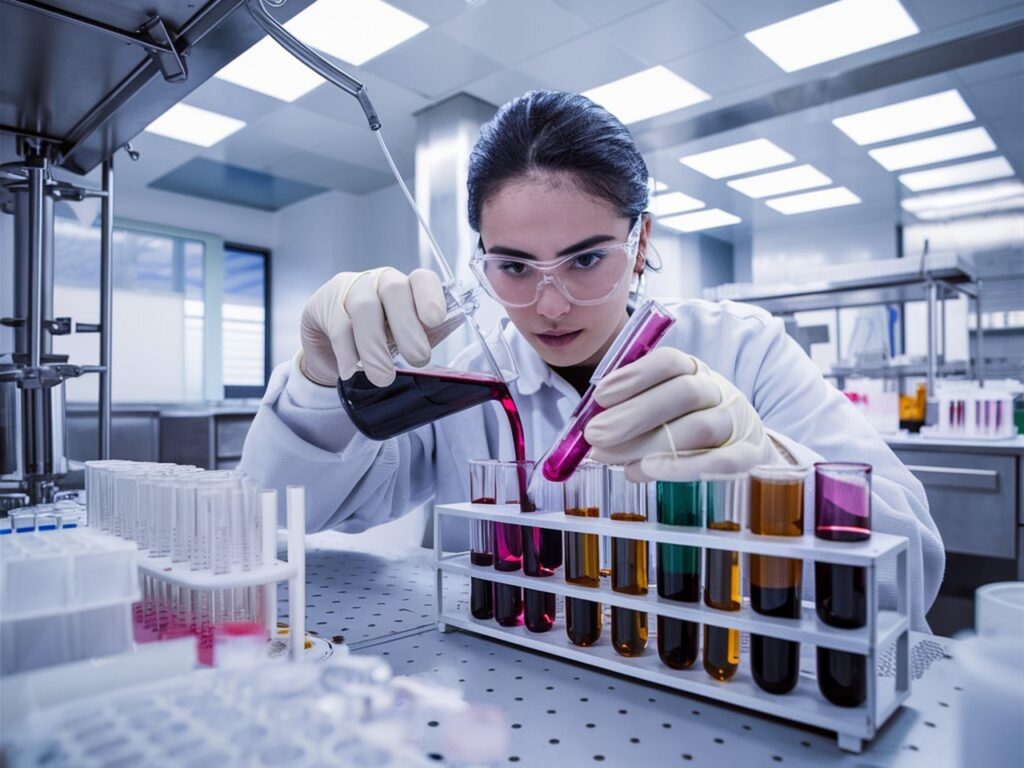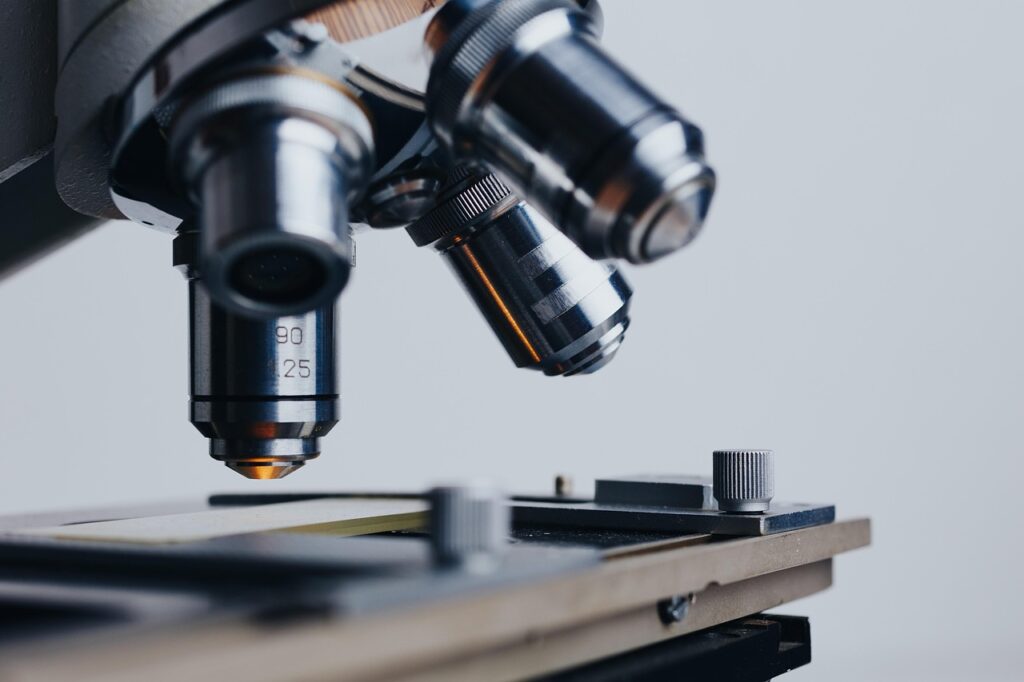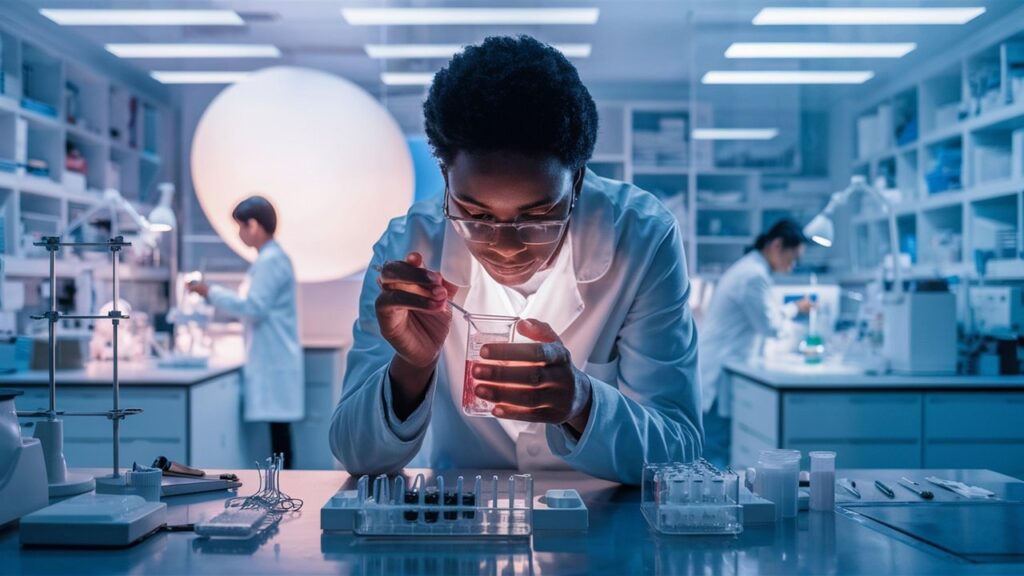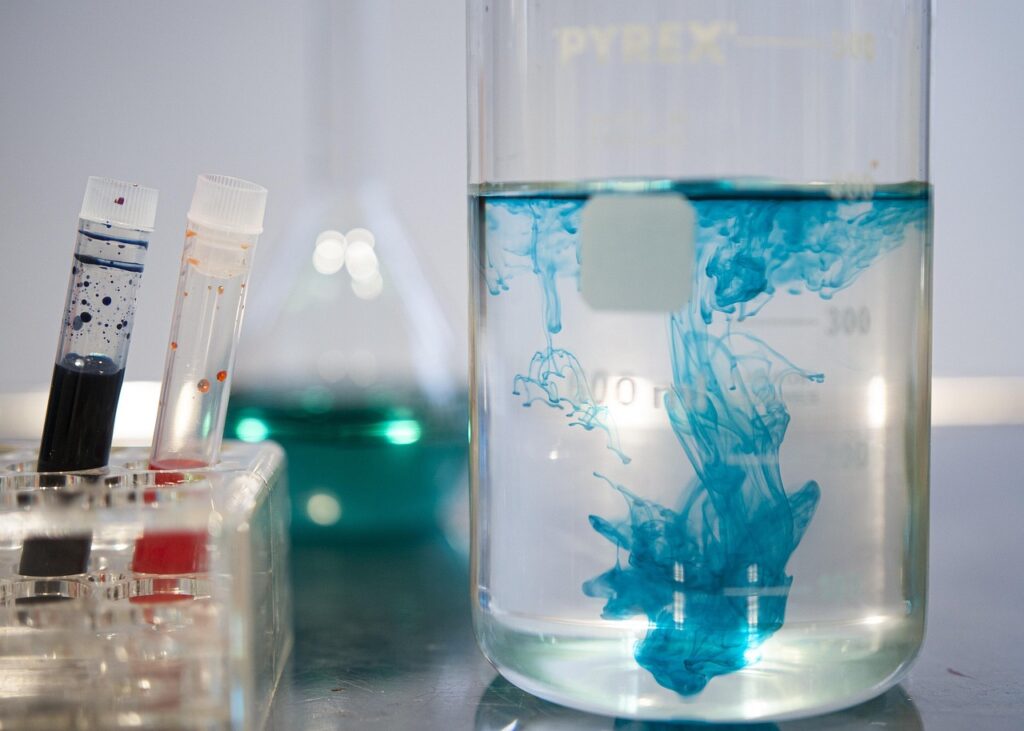Food cleanliness is crucial in the fast-paced world of today, where food must travel long distances before it reaches our plates. Due to the globalization of the food supply chain, goods and ingredients frequently travel through several countries before reaching their final location. There is a greater chance of contamination and exposure to different diseases throughout this long voyage. Every stage of the supply chain, from the farm where raw materials are grown to the production facilities where they are processed to the retail locations where they are sold, offers the possibility of contamination. Adhering to thorough testing standards and strict hygiene measures are necessary to ensure food safety in this intricate network. Public health is seriously threatened by the likelihood of foodborne outbreaks and illnesses without these controls.
At every point in the supply chain, stringent testing is necessary to ensure that our food is free of toxins and diseases. A range of methods are used in food hygiene testing to find potentially dangerous microbes, chemical residues, and physical pollutants in food products. This comprehensive strategy aids in locating and reducing possible risks before they affect customers. In addition to the finished goods, testing is done on the raw ingredients, processing tools, and handling conditions for food. Food manufacturers and processors may guarantee that their goods comply with safety requirements and laws by putting in place comprehensive food hygiene testing processes. In this article, we will examine the best techniques for checking food hygiene, stressing their significance.
Introduction to Food Hygiene Testing
Food hygiene testing includes a range of methods and approaches for identifying and measuring dangerous microbes, chemical residues, and other pollutants in food products. These tests are crucial for ensuring customer confidence, preventing foodborne illnesses, and confirming that food complies with safety standards and laws. Food producers and processors can reduce risks and provide the market with safe, high-quality products by putting in place strict food hygiene testing procedures.
Microbiological Testing
One of the most popular and important techniques for checking food cleanliness is microbiological testing. This testing finds and measures microorganisms that can lead to foodborne illnesses, including bacteria, viruses, and fungi. Pathogen testing, indicator organisms, and total viable count (TVC) are important microbiological tests. Polymerase chain reaction (PCR), immunoassays, and culture-based procedures are some of the techniques used in microbial testing; each has a different level of sensitivity and specificity.
Chemical Residue Testing
Food additives, veterinary medications, and pesticide application can all leave chemical residues in food. Ensuring the allowed limits of these residues is crucial for the safety of consumers. Food additive testing, veterinary drug residue testing, and pesticide residue analysis are examples of chemical residue testing. Methods like liquid chromatography-mass spectrometry (LC-MS) and gas chromatography (GC) are frequently employed. Testing for chemical residues aids in adhering to legal requirements and preserving the integrity of the food supply chain.
Allergen Testing
For many customers, food allergies are a major worry. Food goods are tested for allergens to make sure they don’t contain any hidden allergies, such as soy, dairy, gluten, or peanuts. The Enzyme-Linked Immunosorbent Assay (ELISA) and PCR-Based Methods are two techniques for testing for allergens. Food manufacturers may shield consumers with food allergies and avoid cross-contamination by regularly testing for allergens.
Physical Contaminant Detection
If found in food, physical pollutants such as glass shards, metal bits, and plastic pieces can be extremely harmful to one’s health. Metal detection, visual inspection, and X-ray inspection are examples of physical contamination detection techniques. These detection techniques are essential for preserving the quality and safety of products.
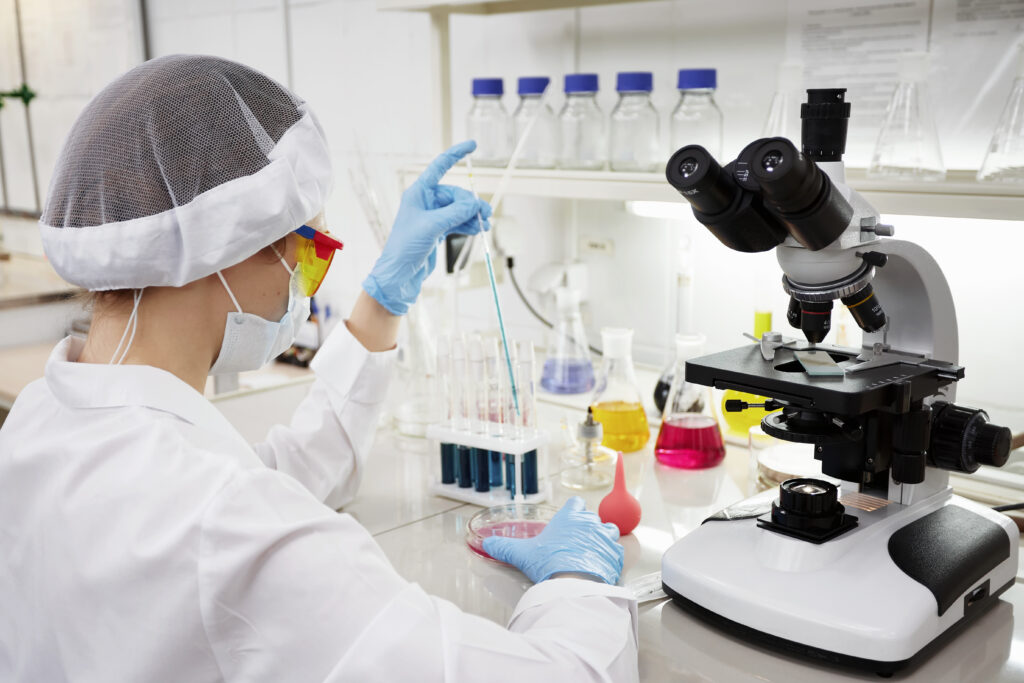
Environmental Monitoring
To avoid contamination, food processing facilities must maintain a hygienic atmosphere. Testing for microbiological contamination on surfaces, machinery, and air quality is part of environmental monitoring. Water testing, air sampling, and swab testing are important components. Environmental monitoring assists in locating possible sources of contamination and expeditiously implementing corrective measures.
Rapid Testing Methods
Rapid testing techniques are becoming more and more common in the fast-paced food sector of today because of their capacity to yield data quickly. ATP Bioluminescence, biosensors, and Lateral Flow Devices (LFDs) are fast testing technologies for food hygiene testing. Quick decision-making and prompt actions are made possible by rapid testing techniques, which guarantee food safety.
The Role of Food Testing Labs
Food testing labs are essential to the food hygiene testing process because they provide thorough testing services using the latest tools and techniques. These labs are set up to perform a variety of tests, guaranteeing that food items fulfill safety and quality requirements. Food testing laboratories give precise and trustworthy results, support companies in adhering to local, state, and federal laws about food safety, and provide professional analysis to enhance food safety procedures. Food companies may guarantee the safety, quality, and compliance of their products with regulations by collaborating with reliable food testing labs.
Expanding on Rapid Testing Methods
Food hygiene testing has been transformed by rapid testing techniques, which drastically cut down on the amount of time needed to get findings. While findings from traditional procedures can take days or even weeks to arrive, vital information can be obtained in minutes or hours using quick tests. In high-turnover settings like restaurants, food processing facilities, and supermarkets, where prompt choices might stop tainted food from reaching customers, this speed is extremely crucial.
Lateral Flow Devices (LFDs) are quick and simple assays that can be used to quickly screen for a variety of pollutants, such as allergies and infections. They are lightweight and portable. For on-site testing, these tests are very helpful since they yield quick data that can help make important judgments about food safety. Similarly, by identifying the presence of adenosine triphosphate (ATP), ATP bioluminescence assays can be used to rapidly evaluate the cleanliness of surfaces.
Conclusion
Testing for food hygiene is crucial to ensuring food safety from farm to table. Food producers may efficiently reduce risks and guarantee the safety of their goods by utilizing a range of testing methods, including microbiological, chemical, allergy, and physical contaminant testing, in addition to environmental monitoring and quick testing techniques. By working together with reputable food testing labs, food hygiene testing may be made even more accurate and reliable, protecting the public’s health and fostering customer confidence. Progress in food hygiene testing will be essential to maintaining the highest standards of food safety as the food sector develops further.
It is not only about compliance when a thorough food hygiene testing plan is implemented; it is also about dedication to quality and customer safety. As customers grow more knowledgeable and worried

